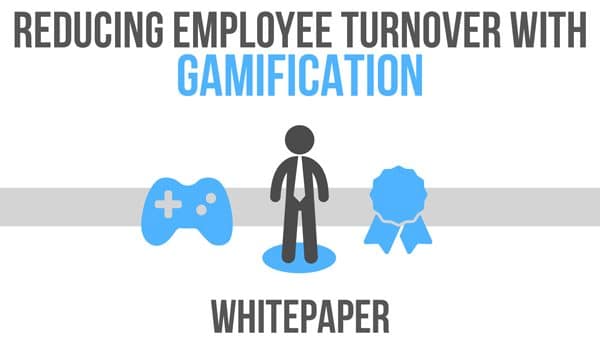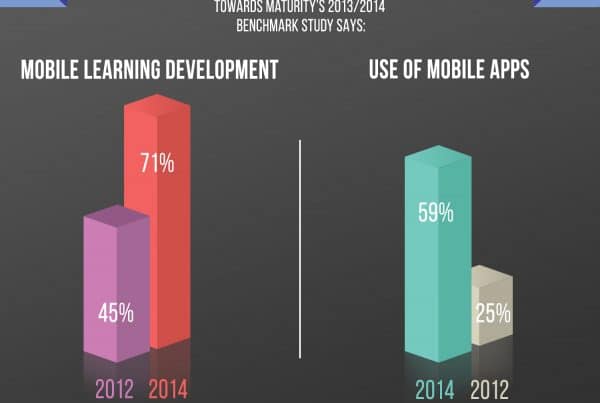Businesses have been finding better ways of implementing a variety of different tools as part of their internal software structure. Integrating multiple resources into a single utility saves time and money for many different departments. For those investing in eLearning development, combining this software with existing HR programs can give talent management immediate insight into a number of different employee facets, which could help speed the educational process while cutting costs.
This effect can be seen across industry lines, including professional and academic entities and with students of all ages and backgrounds. Regardless of the lifestyles or careers bringing learners to eLearning development, it seems there are proven benefits for all who integrate these software tools into existing systems.
The U.S. Department of Education found that learning outcomes were much the same, if not better, using online and computerized training resources when compared to traditional in-class teaching methods. The study compared metrics collected from more than a thousand studies that had looked at similar topics over the last 15 years and concluded that blended learning and computerized tools were preferred by participants – as the volume of personal computer owners in the study groups grew, so too did their acceptance.
Moving to computers
As the affordability of technology increases, so does the consumerism of these machines. That means companies and customers of all kinds purchase computers in greater numbers than ever before, so many people are becoming familiar with these devices before ever entering the classroom. Knowing how to interact with these devices cuts training time, as the interface is already understood, and can lead directly into custom training solutions being more openly accepted.
What’s more, with these tools proving a constant companion to employees, they are able to interact with training software anywhere they can establish a connection to the work network. This in turn has made remote access more possible and unified the global workforce through the implementation of a single eLearning development. The North Idaho College Sentinel wrote that such deployments make teaching easier for students and educators and add multiple benefits that both groups have desired for some time.
The source stated that students preferred being able to access course material whenever they wished, gaining better insight into different subjects and get more practice on subjects they struggled with. Teachers liked being able to judge where students were having a hard time and provide feedback. Both groups could clearly communicate within the class structure around the clock and review tests, homework and other grades.
The working world
As this pertains to businesses, imagine these students are employees and the teachers are talent management and human resources personnel. Using interactive courseware allows them to interact in much the same ways, allowing for remote workers to get the same experiences as in-house employees, and giving management a tool with which to help all of them improve.
Research by the U.S. Department of Education found that learners across the board preferred eLearning development to traditional methods. CSE Software can help companies interested in putting these tools into effect for their employees and making the most of existing technology find effective solutions. CSE’s eLearning development team can help your company define objectives and balance your initiatives with your budget to get the best courseware for educating staff and clients.
Contact Stacey Burris at sburris@csesoftware.com or 1.309.670.7595 and ask for an eLearning development demo today!



